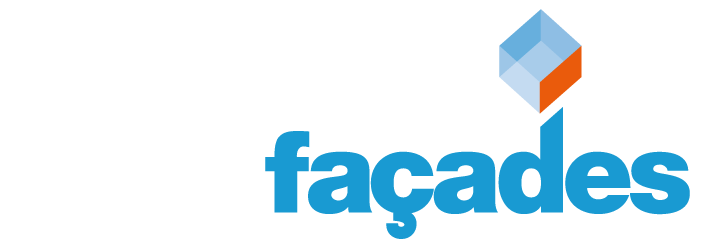LIFO Reserve Formula, Calculator and Example LIFO vs FIFO
Understanding the impact of LIFO reserve on financial ratios and analysis is crucial for investors, accountants, and financial analysts. The Last-In, First-Out (LIFO) method of inventory accounting can significantly alter a company’s financial statements, particularly in periods of inflation. The LIFO reserve is the difference between the cost of inventory calculated using the LIFO method and the FIFO (First-In, First-Out) method. This reserve is critical because it provides insights into the inflationary impact on inventory costs and helps in comparing companies that use different inventory accounting methods.
Why might a business choose to use a lifo adjustment over other methods?
Understanding the intricacies of inventory valuation can be a perplexing challenge for many business directors. https://4equality.info/getting-to-the-point-2 The LIFO reserve is an essential concept that bridges the gap between different accounting methods for stock valuation. The calculation of a company’s LIFO reserve is (FIFO inventory) – (LIFO inventory).
Inventory Management
The LIFO reserve can have a significant impact on the inventory turnover ratio, which is a key metric used to measure inventory management. Understanding the LIFO reserve and its impact on financial ratios is crucial for companies to make informed decisions about inventory management. Companies should carefully consider the advantages and disadvantages of different inventory accounting methods and choose the method that best meets their specific needs and objectives.
Why More Healthcare Providers Are Hiring Medical Virtual Assistants from LATAM
This increase in gross profits will occur because of the lower inventory carrying amounts of the liquidated units. The lower inventory carrying amounts are used for the cost of sales while the sales are reported at current prices. The gross profit on these units is higher than the gross profit that would be recognized using more current costs. These inventory-related profits caused by LIFO liquidation are however one-time events and are unsustainable.
Companies maintain inventory records that track the quantity and cost of all units purchased and sold. This allows them to apply different costing assumptions to arrive at the required inventory values. These figures are derived from internal accounting records or inventory management systems, which house data on inventory inflows and outflows.
To qualify, your average annual gross receipts cannot exceed $5 million over the past three years. You choose the ones that match the inventory you carry and apply the annual changes in the appropriate deflator indexes to the different pools. For example, if you sell men’s clothing, you would use the men’s and boy’s apparel category from the Consumer Price Index to adjust your inventory cost. Demand forecasting is another best practice for managing LIFO Reserve and inventory levels. Companies should use historical data and market trends to predict future demand for their products.
The allowance to reduce inventory to LIFO would be deducted from inventory to ensure that the inventory is stated on a LIFO basis at year-end. In the pursuit of mastering our daily schedules, it’s essential to recognize that time is not just… Shaun Conrad is a Certified Public Accountant and CPA exam expert with a passion for teaching. After almost a decade of https://www.watchuonline.com/category/travel/ experience in public accounting, he created MyAccountingCourse.com to help people learn accounting & finance, pass the CPA exam, and start their career. The halfway house business model is a unique approach to rehabilitation and reintegration of…
- The importance of understanding the differences between FIFO and LIFO is crucial due to the various implications they have for earnings, taxes, and balance sheets.
- From this example, we can see a big difference between the two types of inventory methods.
- Under FIFO, the costs of the first goods acquired are expensed as COGS, leaving the most recently purchased items in ending inventory.
- When a company uses the LIFO method, the cost of goods sold is higher, which can lead to a distortion of the inventory’s value.
Our Company
Additionally, legislative changes, particularly those related to tax policies, can prompt businesses to revise their inventory accounting methods, indirectly influencing the LIFO reserve. For example, amendments in tax codes may alter tax liabilities, leading companies to reassess their approach to inventory management under LIFO. LIFO Reserve is a valuable tool for businesses that want to manage their inventory effectively and prevent profit erosion. By using LIFO Reserve, businesses can ensure that they are using the most recent inventory purchases first, which can help them maintain profitability even if there is an increase in the cost of goods sold. Additionally, LIFO Reserve can help businesses reduce their tax liability, provide better inventory management, and allow for accurate financial reporting. While there are other inventory management methods available, LIFO Reserve is often the best option for businesses that want to optimize their inventory levels and maintain their profitability.
For example, let’s say a company has $100,000 worth of inventory and uses LIFO to value its inventory. The company would report inventory on the balance sheet as $80,000 ($100,000 – $20,000). The first batch costs $50 per unit, but by year-end, similar components cost $70 each because of rising material expenses. Using https://e-beginner.net/category/software-skills/ FIFO accounting, the closing inventory is valued based on the earliest costs – thus at $50 per unit.
